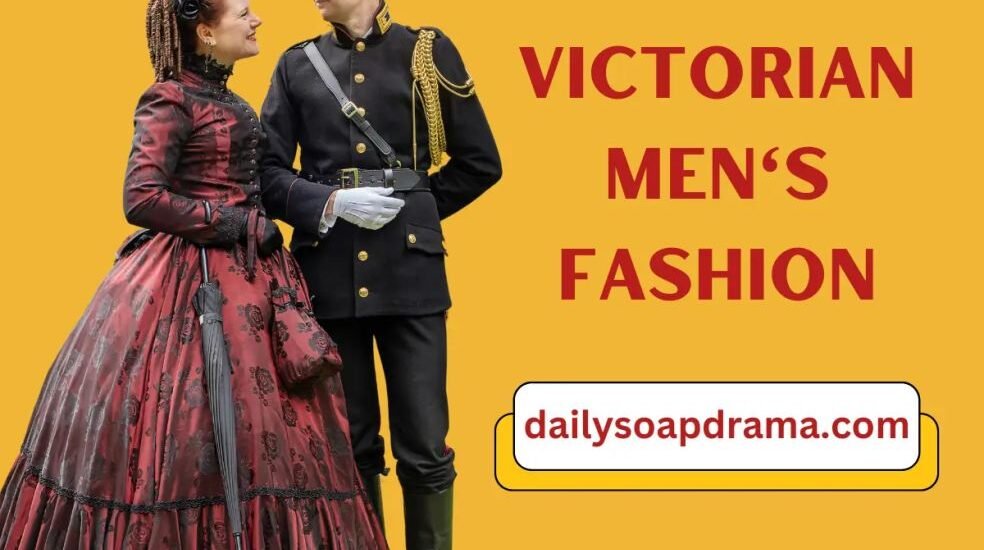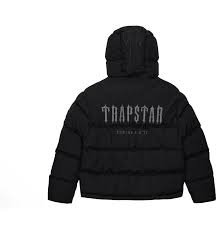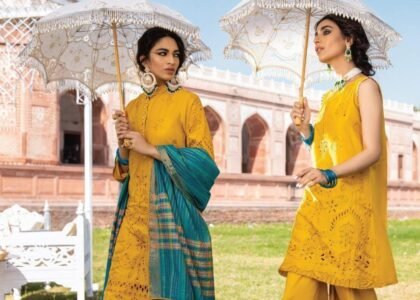Victorian men’s fashion, spanning from 1837 to 1901, reflected social status, etiquette, and the rapid industrial advancements of the era. The period was marked by a transition from elaborate aristocratic styles to more structured and refined attire, heavily influenced by Queen Victoria and Prince Albert. This article explores seven iconic styles that defined the era and how they continue to influence modern menswear.
The Influence of the Victorian Era on Men’s Fashion
The Victorian era was characterized by strict societal norms that dictated men’s dress codes. Fashion symbolized wealth, class, and propriety, and every garment had a purpose.
- Industrial Revolution Impact: The rise of factories allowed mass production of garments, making fashion more accessible.
- Class Distinctions: Upper-class men adorned themselves in custom-tailored clothing, while the working class wore practical, durable fabrics.
- International Influences: British tailoring set global trends, influencing Europe and America.
Essential Elements of Victorian Men’s Attire
Victorian fashion emphasized elegance, structure, and detail. Every gentleman’s wardrobe consisted of:
The Importance of Tailoring
Tailoring was crucial in achieving the ideal Victorian silhouette—broad shoulders, a slim waist, and a structured look.
- Bespoke Suits: Made-to-measure suits were a sign of affluence.
- Fitted Waistcoats: Often paired with morning coats for a polished appearance.
The Role of Fabrics and Materials
Victorian menswear utilized high-quality fabrics:
- Wool: Used for everyday suits.
- Silk and Velvet: Reserved for evening wear.
- Cotton and Linen: Used in summer or casual attire.
Formal vs. Informal Attire in Victorian Times
There was a clear distinction between formal and informal attire.
The Morning Suit
A staple for daytime formal events, featuring:
- A cutaway frock coat
- Striped trousers
- A matching waistcoat
The Frock Coat and Tailcoat
- Frock Coat: Worn for business and formal occasions.
- Tailcoat: Reserved for evening wear, symbolizing refinement.
The Rise of Accessories in Victorian Fashion
Accessories played a crucial role in elevating Victorian menswear.
The Influence of the Cravat and Neckwear
Neckwear was essential in expressing style and personality.
- Cravats: Predecessors of modern ties, often made of silk.
- Ascots: More formal neckwear worn for special occasions.
Footwear Trends in the Victorian Era
Footwear evolved to match the formality of attire:
- Leather Boots: Popular among gentlemen.
- Oxford Shoes: Gained popularity in the late Victorian period.
The Influence of Royalty and Aristocracy on Fashion
Queen Victoria and Prince Albert significantly influenced men’s fashion.
- Prince Albert’s Impact: Introduced the Albert chain for pocket watches.
- Victorian Mourning Fashion: Black clothing became fashionable after Prince Albert’s death.
The Impact of the Industrial Revolution
The industrial revolution made fine clothing more affordable and widespread.
The Legacy of Victorian Men’s Fashion in Modern Times
Elements of Victorian fashion still influence today’s styles:
- Waistcoats: Common in formal and business attire.
- Tailored Suits: The preference for structured suits remains popular.
- Pocket Watches & Accessories: Seen in modern steampunk and vintage-inspired fashion.
FAQs
1. What fabrics were commonly used in Victorian men’s fashion?
Wool, silk, velvet, cotton, and linen were the primary fabrics, chosen based on the season and occasion.
2. How did Victorian men style their hair and facial hair?
Short, neatly combed hair was preferred, and beards became popular in the mid-to-late Victorian era.
3. What was the difference between a frock coat and a tailcoat?
A frock coat was knee-length and suitable for daytime wear, while a tailcoat featured a split back and was reserved for evening attire.
4. Why was the pocket watch significant in Victorian fashion?
A pocket watch symbolized sophistication and punctuality, often attached to a waistcoat with an Albert chain.
5. How did Victorian fashion reflect social class?
Upper-class men wore tailored, high-quality fabrics, while working-class men opted for durable, practical clothing.
6. Is Victorian men’s fashion still relevant today?
Yes, elements like waistcoats, tailored suits, and pocket watches are still stylish in vintage and formal wear.
Conclusion
Victorian men’s fashion was a reflection of elegance, discipline, and class distinction. The era’s influence is still visible in today’s formalwear, showcasing the lasting impact of its structured tailoring and refined aesthetics. Whether through waistcoats, cravats, or polished footwear, Victorian styles continue to inspire modern menswear.






